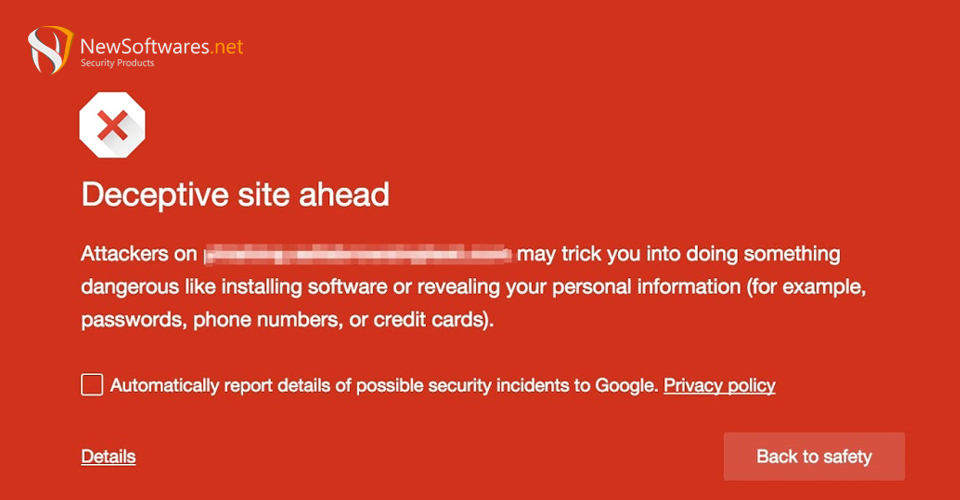Google has announced in its blog post today that it is taking steps forward to protect users from embedded ads and deceptive buttons. With the change, Google’s safe browsing will start looking out for embedded content that tries to do the following;
- Pretend to act, or look and feel, like a trusted entity — like your own device or browser, or the website itself.
- Try to trick you into doing something you’d only do for a trusted entity — like sharing a password or calling tech support.
Essentially, you should start seeing warnings when websites contain annoying ads that tell you something is out of date on your machine, or buttons that try to imitate the look and feel of legitimate buttons on a website. The plan is part of Google’s Safe Browsing program, which was updated in November to flag for similarly suspicious content. Safe Browsing is set on by default for Chrome users.
See More: Google will start warning web users about deceptive download buttons
Why Does Google Say My Site Is Deceptive?

Google may be flagging your site as deceptive if it is detected as a potential source of malware, phishing, or other malicious activities. Google may also flag your site if it contains content that is not appropriate for all users, or if it contains links to sites that are known to be malicious. Additionally, Google may flag your site if it is found to be hosting content that is not appropriate for all users.
Get Rid Of Google Deceptive Site Warning
The best way to get rid of a Google deceptive site warning is to remove the website from your search results. You can do this by clicking the “Remove” button on the right side of the search result. Additionally, you can report the website to Google by clicking the “Report a Problem” link at the bottom of the search result.
Getting Security Warning On Google
You may be getting security warnings on Google because the website you are visiting may be malicious or contain malicious content. To remove the warning, you should try to identify and remove any malicious content from the website.
Is Google Security Alert Legit?
Yes, Google security alerts are legit. Google takes security very seriously and will alert you if it detects any suspicious activity on your account or on websites that you visit. It is important to take the alert seriously and take action to protect your account and data.
Most Unsafe Website

Unfortunately, it is impossible to say which website is the most unsafe, as there is no definitive list of unsafe websites. Any website can potentially be dangerous, so it is important to be vigilant when browsing the web and to take extra precautions when visiting unknown websites.
Safest Browsing Site

The safest browsing site is one that uses strong encryption and other security measures to protect your data. This includes sites like Google Chrome, Mozilla Firefox, and Microsoft Edge. Additionally, it is important to use a secure connection (HTTPS) and to avoid clicking on suspicious links or downloading unfamiliar files.
Did Google Send Out Security Alerts?
Yes, Google does send out security alerts to users when it detects suspicious activity. These alerts are sent to users via email or SMS, and they provide information about the suspicious activity and instructions on how to protect your account.
What Email Address Do Google Alerts Come From?
Google security alerts typically come from a Google email address, such as security-noreply@google.com.
What Happens When You Get A Google Alert?
When you receive a Google alert, it will typically include information about the suspicious activity and instructions on how to protect your account. Depending on the type of alert, it may also include steps to take to help prevent similar activity in the future.
